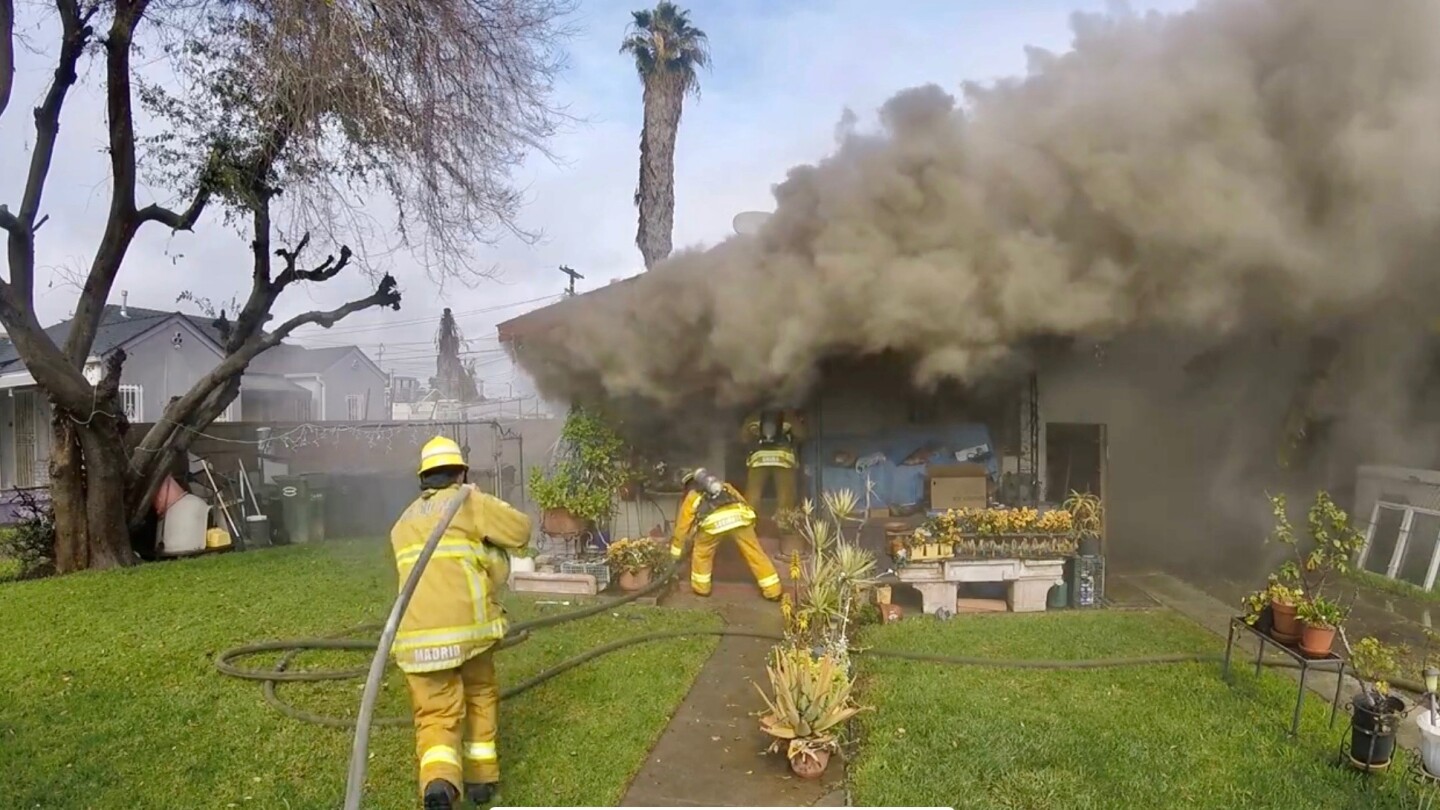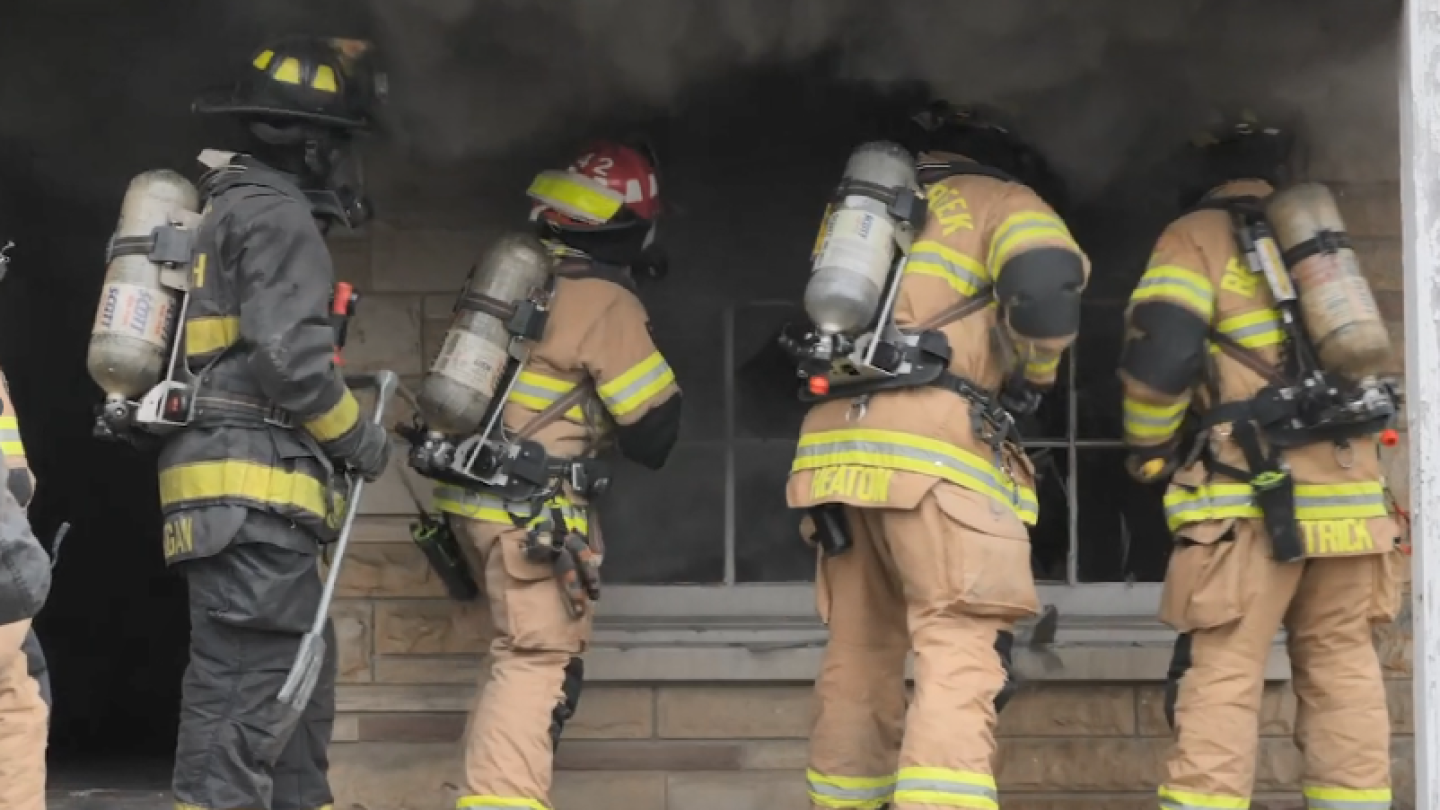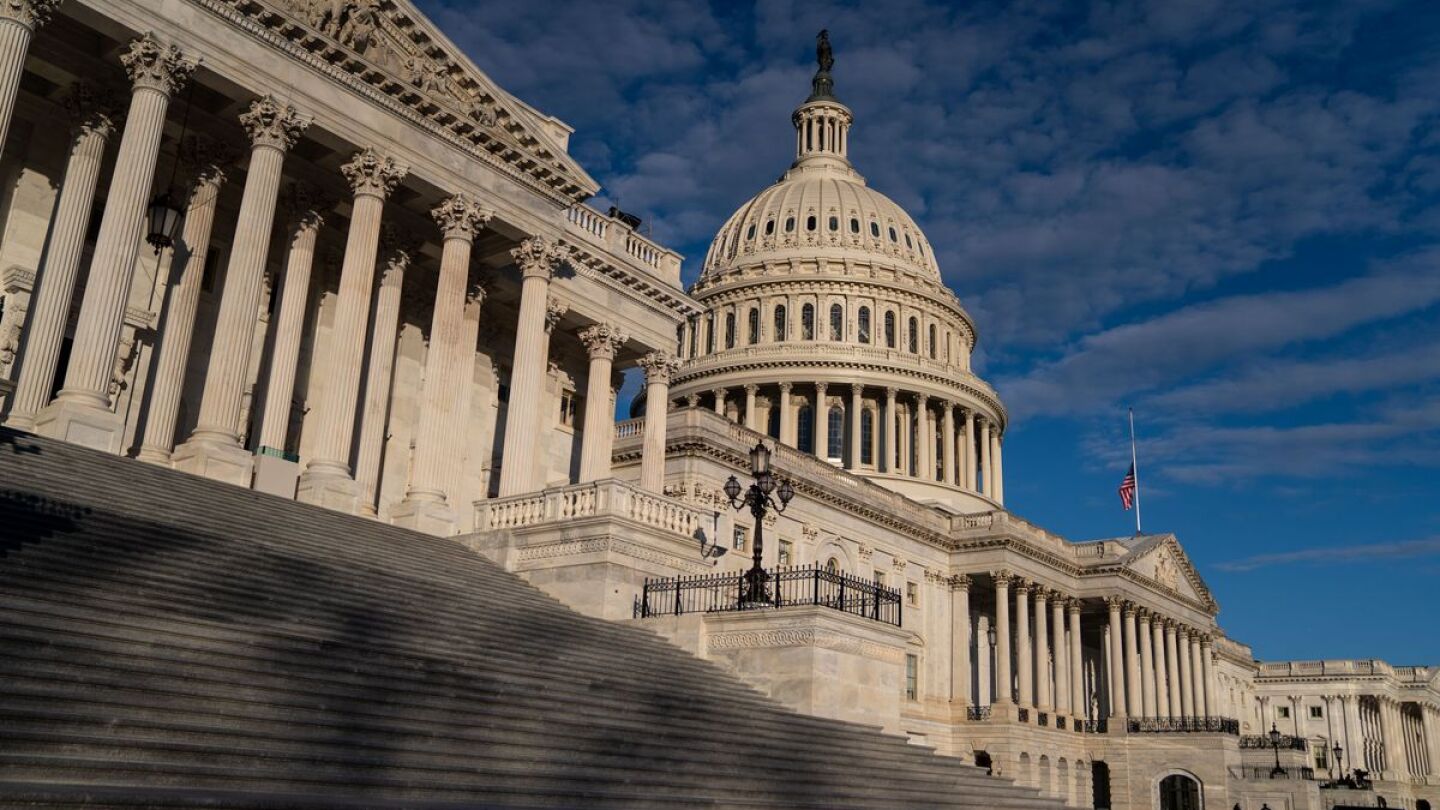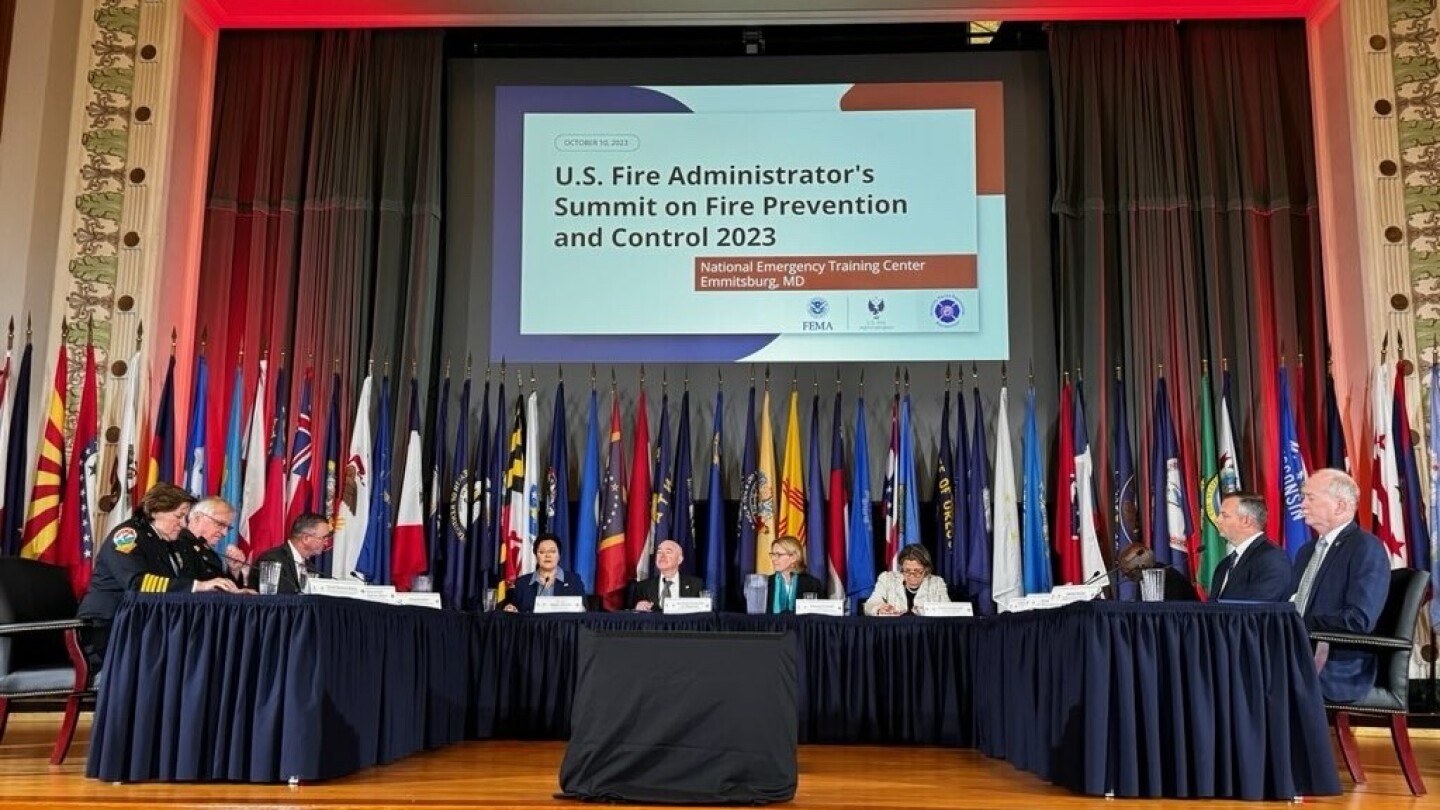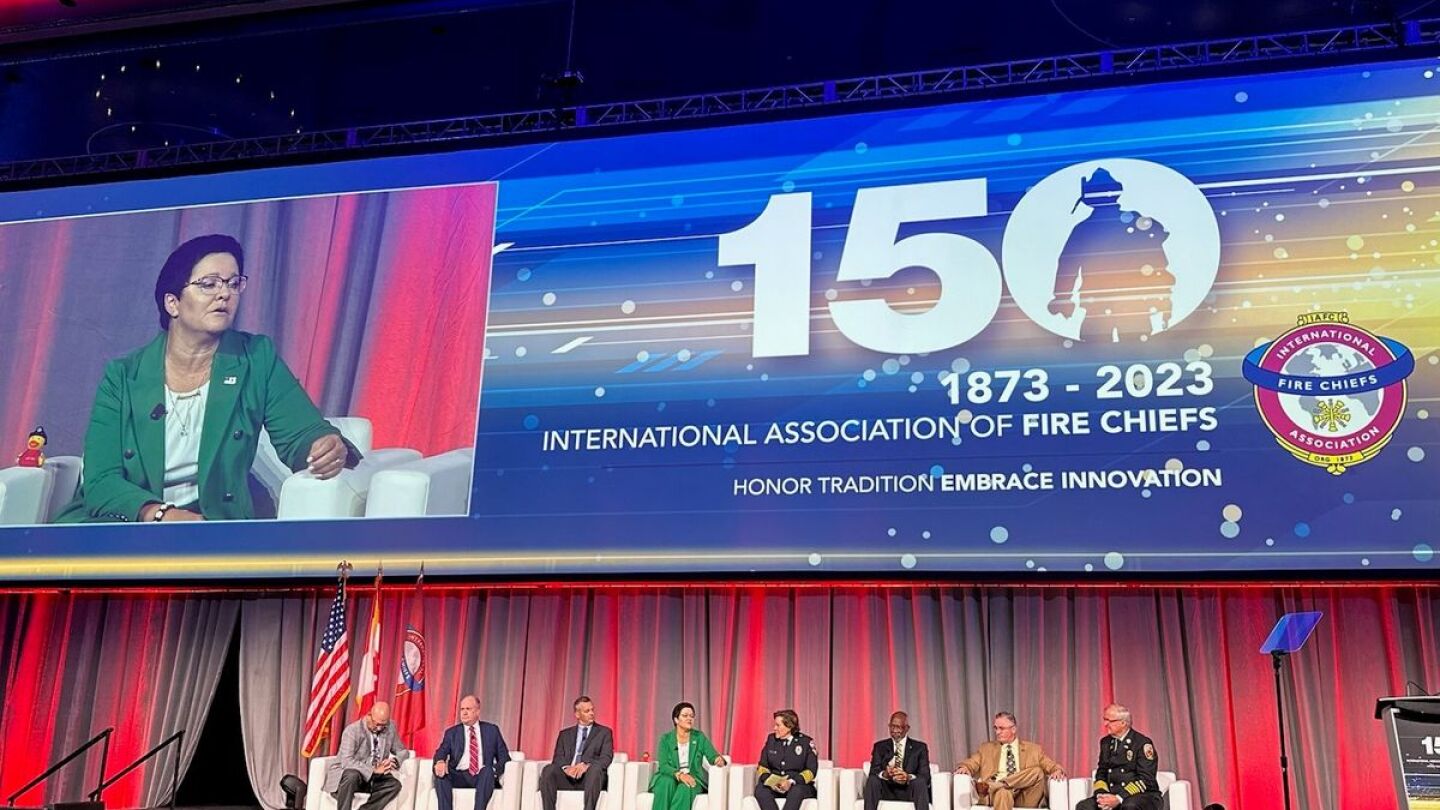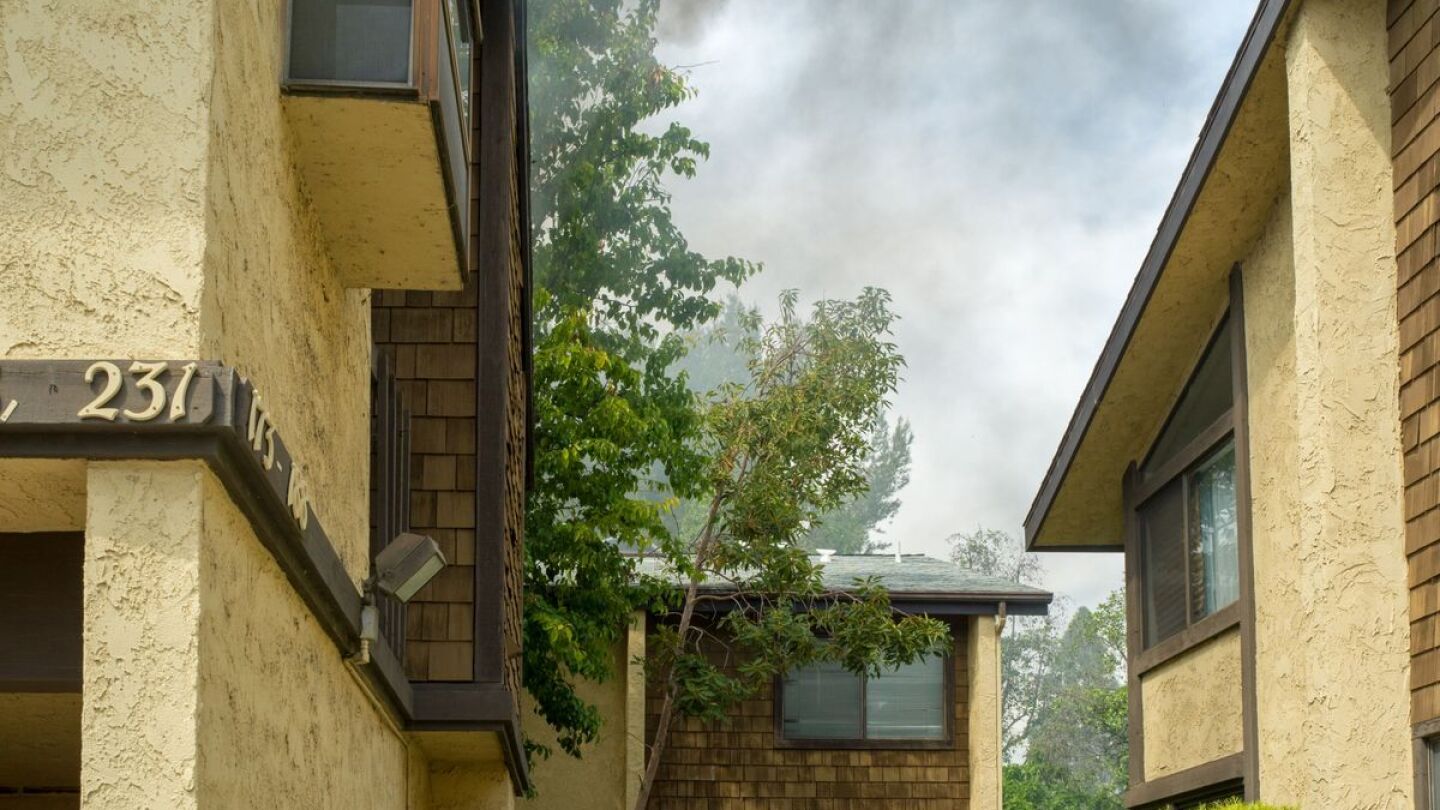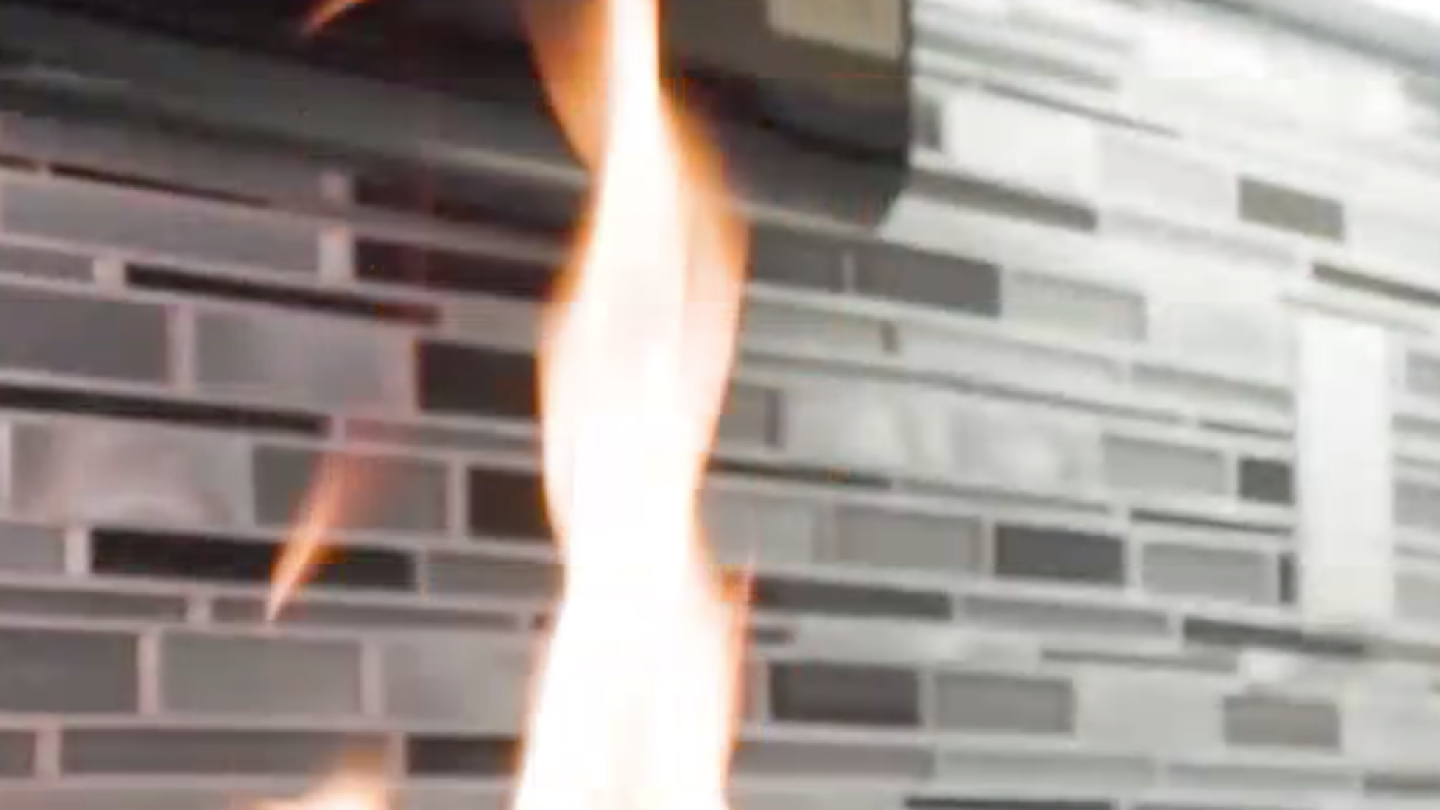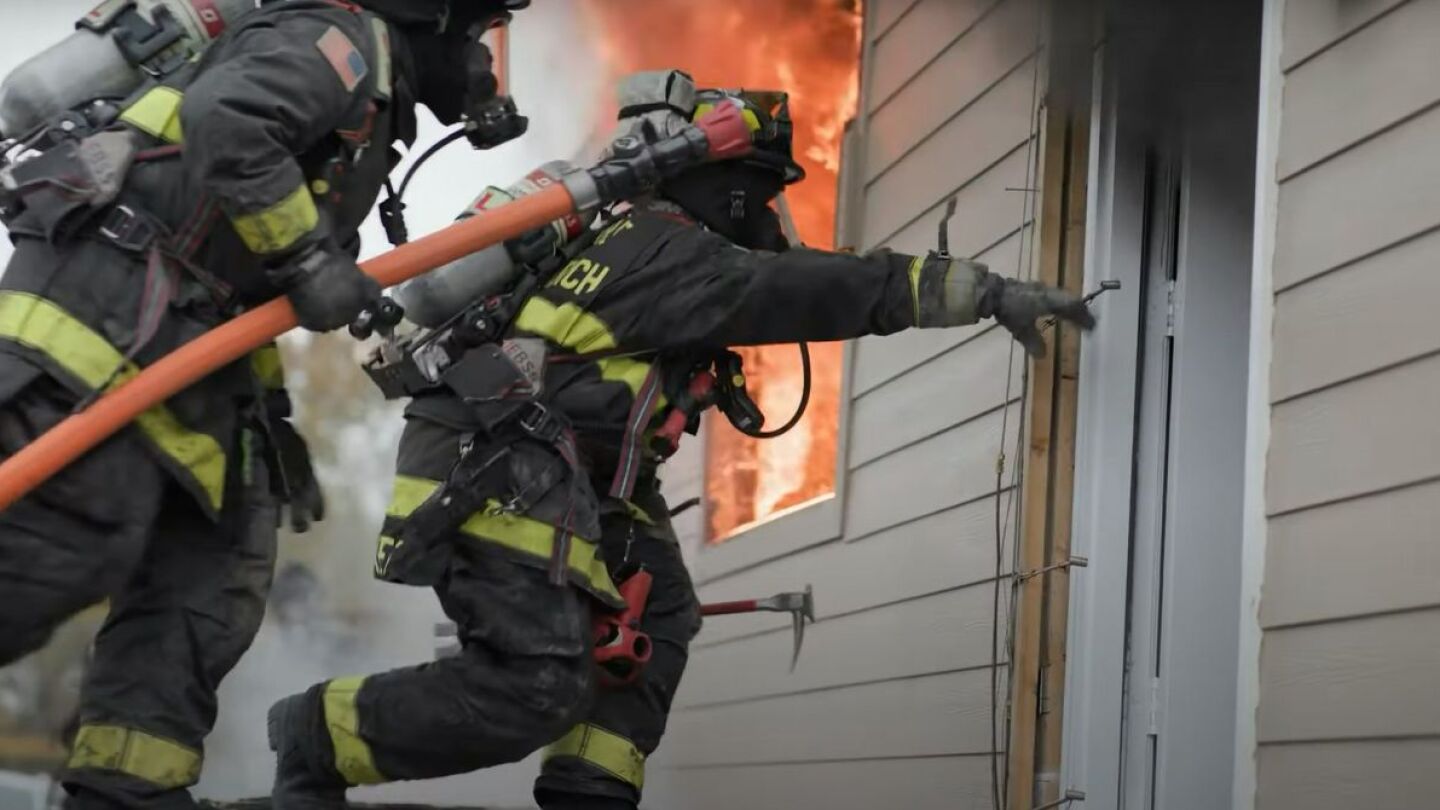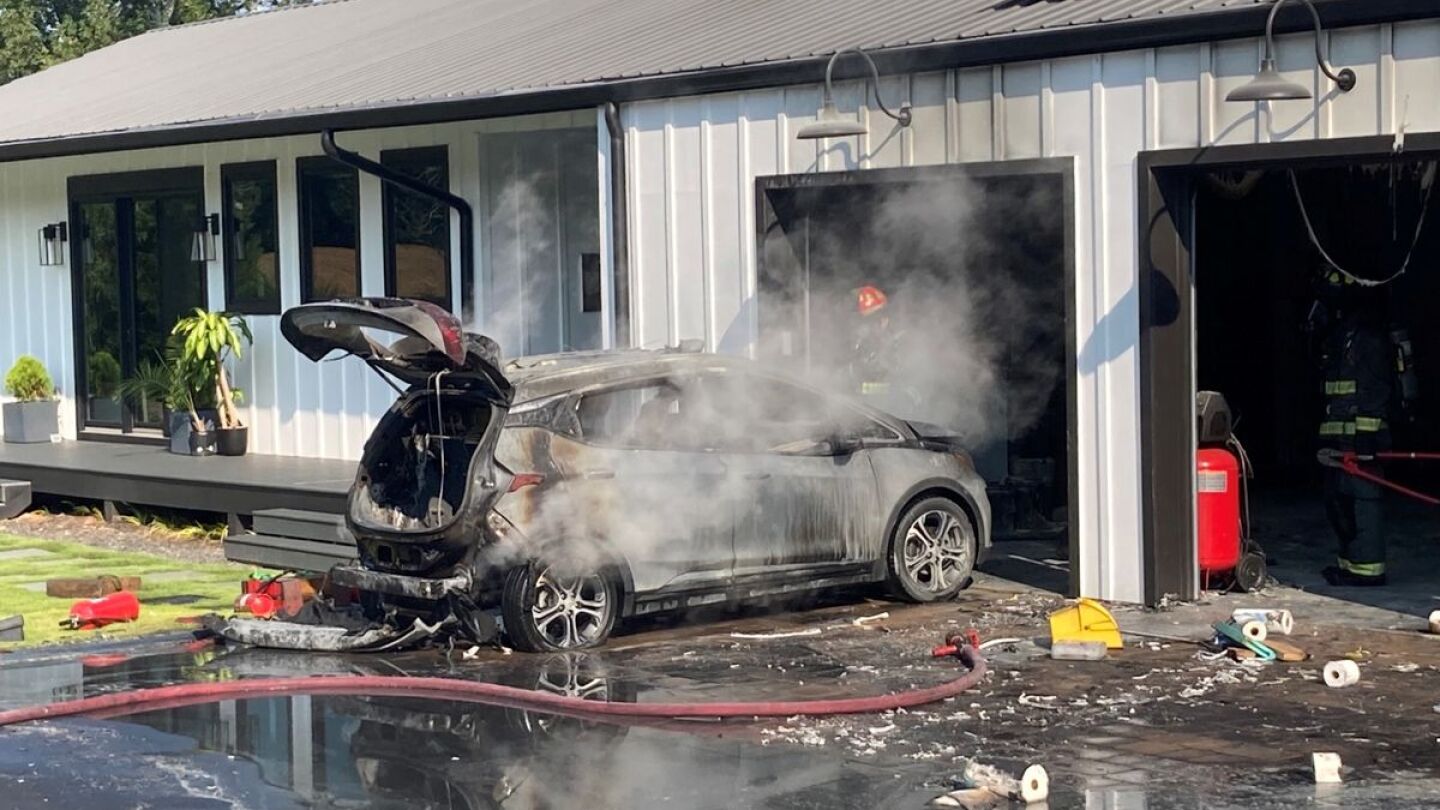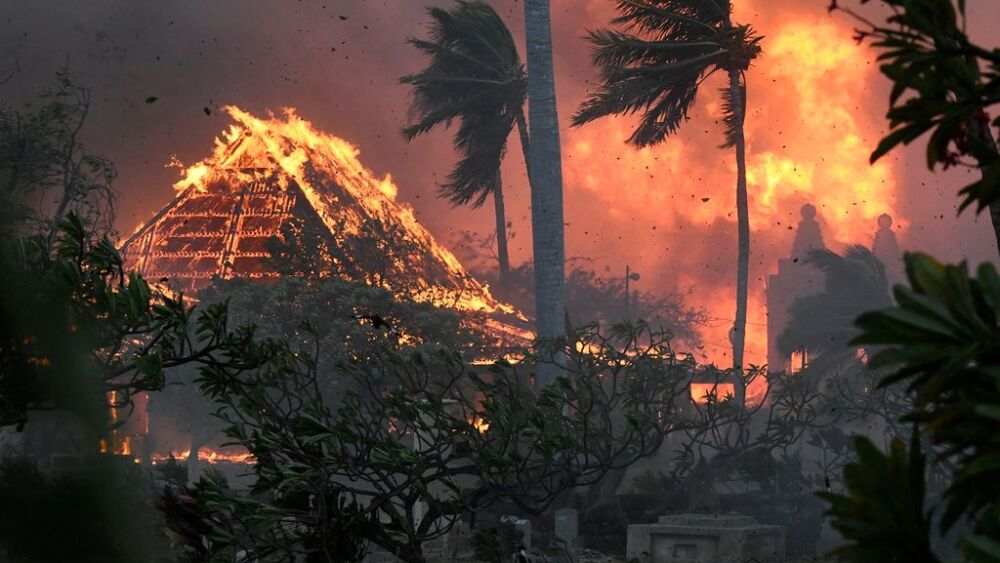UL Research Institutes’ Fire Safety Research Institute
The report details how 12 simultaneous wildfires spread across Los Angeles and Ventura counties, providing new time lapse visualizations and data to help improve future wildfire preparedness and response
Outgoing IAFC President Josh Waldo honored seven individuals for their outstanding service to the fire and EMS community
Two recent NIOSH reports show how video tools can inform both learning assessments and post-incident investigations
UL’s Fire Safety Research Organization and NFPA’s Fire Protection Research Foundation flag potential explosion hazard
A webinar hosted by UL’s FSRI, the DHS and the USFA included a live Q&A session addressing a host of NERIS-focused questions from firefighters
Highlighting the agency’s work, from the NERIS launch to international engagement
Phase Three of the Firefighter Safety Research Institue’s report prioritizes recommendations aimed at improving state and county wildfire preparedness and response
UL’s FSRI research program manager talks fire dynamics, tactical decision-making and what aggressive firefighting means to him
The updates help eliminate cooking nuisance alarms and enhance the detection of fires involving new construction materials
The FSRI’s research program manager details the changes ahead and what fire service leaders can do right now to prepare
Understand the power of flowing a steep, straight and steady stream
The rise of new townhouse construction combined with existing homes presents an evolving challenge
Summarizing keystone research across the four ventilation methods used on the fireground
Understanding hydraulic ventilation, air entrainment, flow path science and their impact on ventilation efforts
The U.S. fire administrator, FDNY chief fire marshal, IAFC president and FSRI executive director detailed lithium-ion battery dangers facing firefighters and the general public
Fire service leaders urge firefighters to get ready for this even-faster growing type of fire
The fire service must get ahead of the lithium-ion battery threat before more lives are lost due to lack of education and response training
The fire service’s trusted voice and unique insight can engage all stakeholders in understanding the associated risks
The guide shares strategies to mitigate the risks associated with lithium-ion battery fires
The leaders of eight industry organizations gathered on stage in Kansas City to share their cooperative vision for the future of the fire service
UL’s FSRI studies underscore the need for smart size-ups, quick thinking and aggressive action
Keith Stakes and Craig Weinschenk detail new FSRI research focused on search and rescue tactics in single-story single-family residential structures
The small above-the-stovetop unit can detect an uncontrolled cooking fire and deploy a proprietary liquid to extinguish the fire before it has time to spread
This new course shares tactical considerations from research that can be employed to minimize occupant and firefighter exposures
Dr. Daniel Madrzykowski and Peg Paul were among the honorees during the annual National Fire and Emergency Services Dinner in Washington, D.C.
UL FSRI’s research engineer was lauded for his passion for improving firefighter training and his ability to think creativity in building training programs
Fifty years after the pivotal report, there is clearly still work to be done and new challenges to address for future firefighters
Researchers around the world are independently working to solve the challenges firefighters face with electric vehicle fires, so why aren’t we sharing our findings?
The event underscored the need for additional research, plus enhanced training and situational awareness, related to this hazard
MOST POPULAR
- Third report on deadly Maui wildfire focuses on future preparation, response
- IAFC President’s Recognition Awards presented at FRI 2025
- Go/no-go search tactics: Research and experience drive decision-making
- Fireground ventilation: Tactical considerations from UL’s FSRI research
- The most influential fire service leaders of all time












